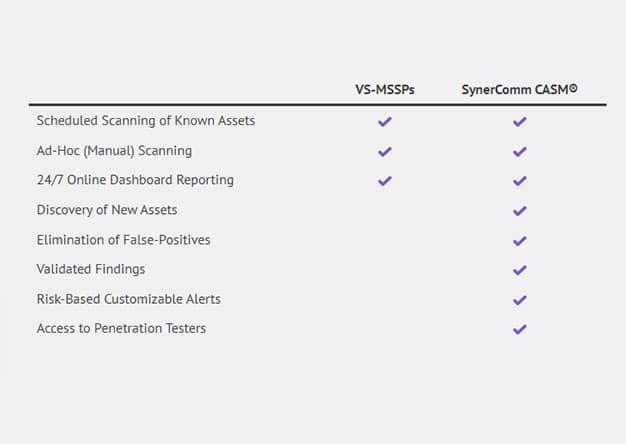See the original publication found in On Balance Magazine. At some point in 2015, cybercriminals had an aha moment. Instead of going through all of the trouble of breaking into a network, stealing...

Surviving the Ransomware Siege
read more




